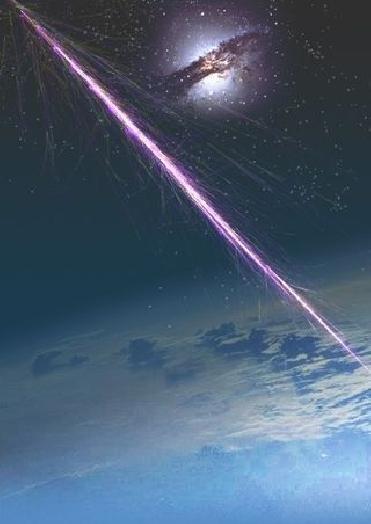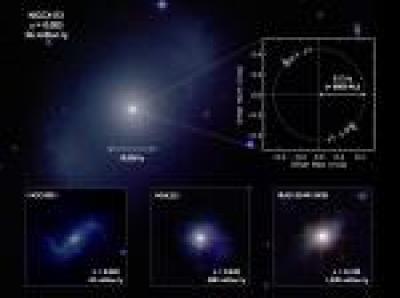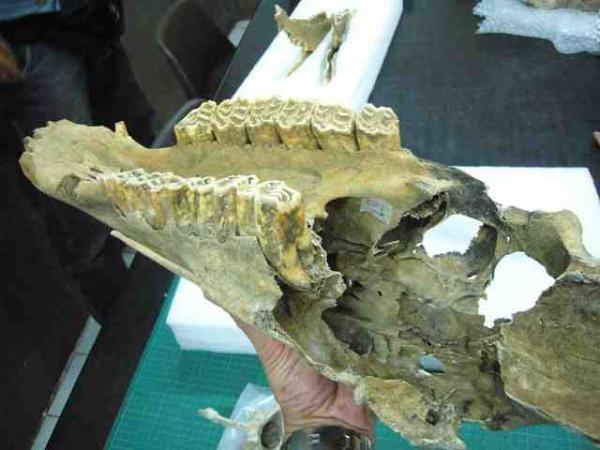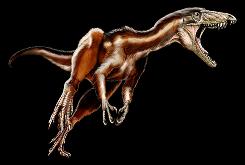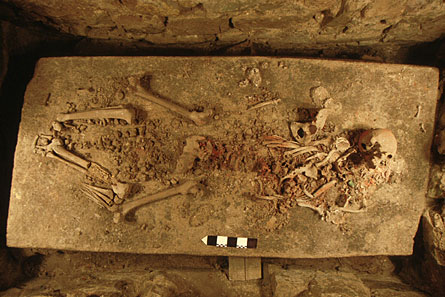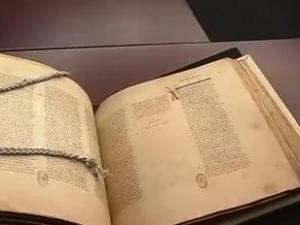
Scholars have argued for nearly 70 years over the provenance of what's called the Archaic Mark, a 44-page miniature book, known as a "codex," which contains the complete 16-chapter text of the Gospel of Mark in minuscule handwritten text. The manuscript, which also includes 16 colorful illustrations, has long been believed to be either an important witness to the early text of the gospel or a modern forgery, said Mitchell, Professor of New Testament and Early Christian Literature.
"The mystery is now solved from textual, chemical, and codicological (bookmaking) angles," said Mitchell, who first became intrigued by the codex when she saw it as a graduate student in 1982. Comprehensive analysis demonstrates that it is not a genuine Byzantine manuscript, but a counterfeit, she said, "made somewhere between 1874 and the first decades of the 20th century."

